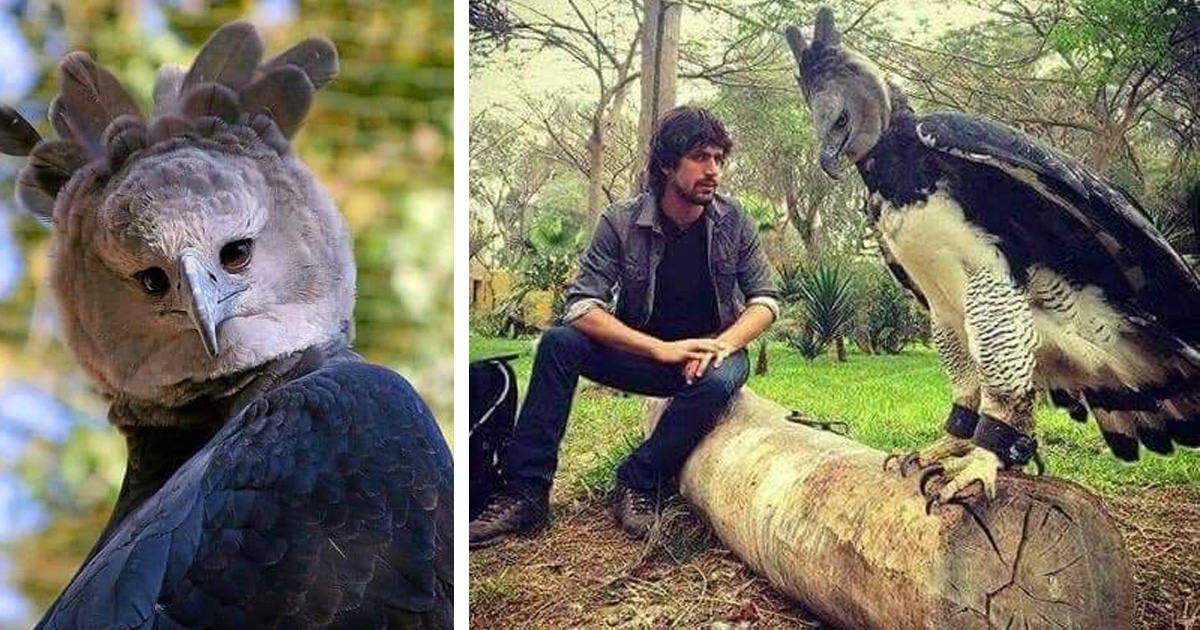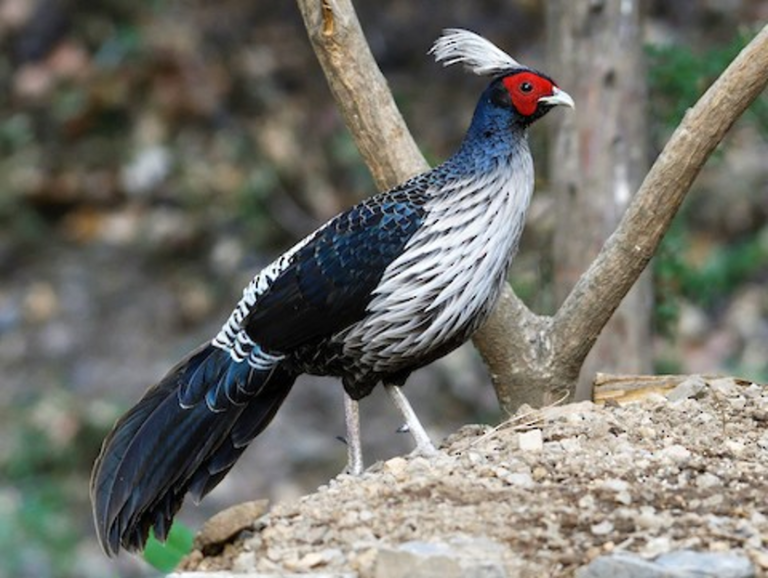Basic respiratory and syrinx of birds
Avians are the flyers (birds). They come in all sizes from half of your fingernail up to 9 feet when mature (fully grown). They reach about 186mph (or 299.3 km/h) and some of them migrate about 50,000 miles (or 80467.2 km). Some beating at 1250 heartbeats per minute and flapping wings around 4000 times in less than a minute !! achieve the most stable flight and dance in air , fly backwards, flip their whole body (like humans but in the air while flying), fight. These are just some of the many showcases the nature has decided to build. Avians are the most wonderful type of animals for the most of the people because they stand by different from every other ones because they fly and soar. There are some problems by the way like need for an extra protective layer on the eye (Thin gold coloured in pigeons) to avoid dirt and all while flight and limited body creating hollow bones and light organs, basically in one line they must be most efficient possible in the least occupied space and least weight.
Breathing is also a different problem when at high speeds, It's really hard to even exhale air if it had had respiratory systems like us . Avians' respiratory system is always uni-directional, meaning the air flows only in direction inside the lungs. Birds also breathe in and out at the same time. How's that even possible ? and where are those sweep chirping and warbling coming from ? Are they related to breathing at all (like us) ?
The air enters when the bird breathes in to the posterior sac without entering the lungs. Then when the birds breathes in again the air in the sac (posterior) enters lungs simultaneous to the air leaving lungs to the anterior and new air entering the posterior sac filling it back. It's like a flowing river and the flow never stops. From the windpipe to the posterior sac and then to the lungs and to the posterior and then leaves out the body through the same air tract (windpipe and also without touching the lungs ) due to the pressure exerted by new air arriving there from the lungs. This flow makes sure that the lungs are always or constantly receiving fresh air for absorbing oxygen thus supplying constant oxygen to the whole body through blood. This is why it is the most efficient respiratory system. and about the chirpings and all the sounds they make are from the syrinx. It is present at the split of the windpipe into two bronchi that connect to two lungs and to anterior sacs on the other side (In birds). other than the position which is the reason for more resolution or in other words good quality in the sounds it's all the same how it's produced. the air is forced out from the lungs and the syrinx upon conscious neural control partially closes and opens to produce sounds and finishing touch with tongue and beak.
Birds mostly prey on fish and for the fish that preys on birds is a story for an another time ...........







/148094454-56a008725f9b58eba4ae8f43.jpg)





Comments
Post a Comment